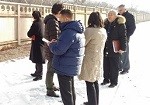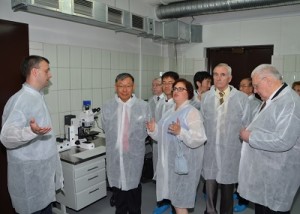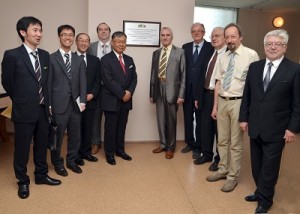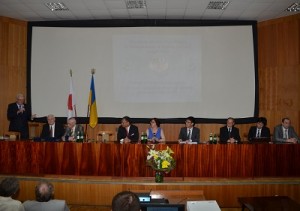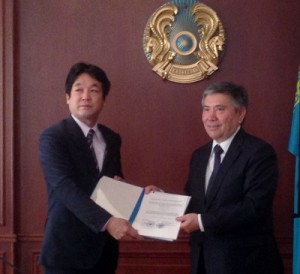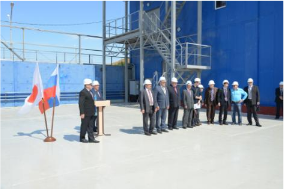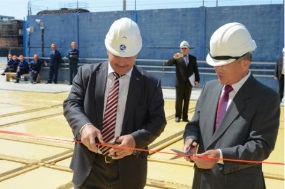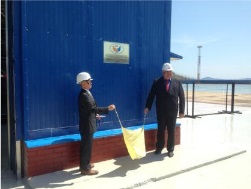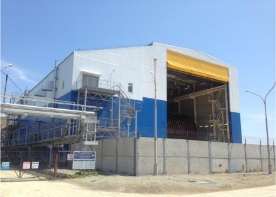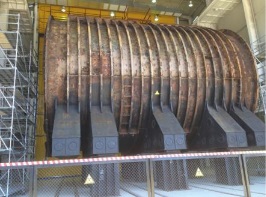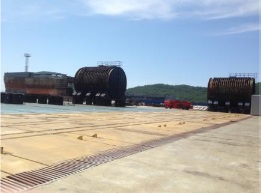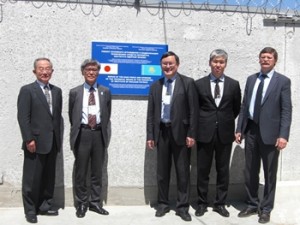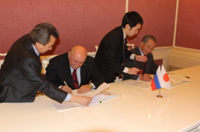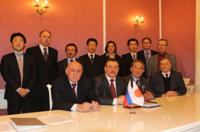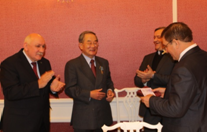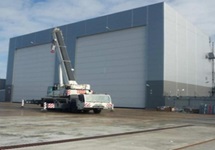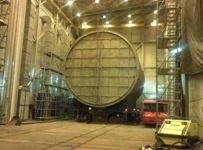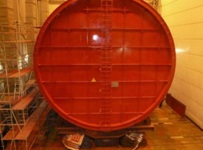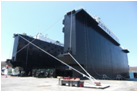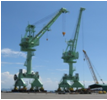April 22, 2016
Ex-post project evaluation was implemented from November 2015 to March 2016 to assess the results of the Nuclear Security Project at the Institute of Nuclear Physics of the Republic of Kazakhstan (*completed in February 2013 with 89 million JPY spent).
In December last year, the Nuclear Material Control Center of Japan, entrusted with conducting the evaluation, dispatched two experts to Kazakhstan for on-site observation of the facility and for consultations with the representatives of the Institute and the regulatory authorities.
The mission assessed the results of the project in a comprehensive manner; the evaluation criteria include, among others, improvement of the security hardware, development of the staff’s competence through the training course, and other sustainable efforts being made by the Institute for further strengthening nuclear security. The findings of the mission were presented to the Japan-Kazakhstan Committee with relevant recommendations and lessons learnt for the future joint activities.
